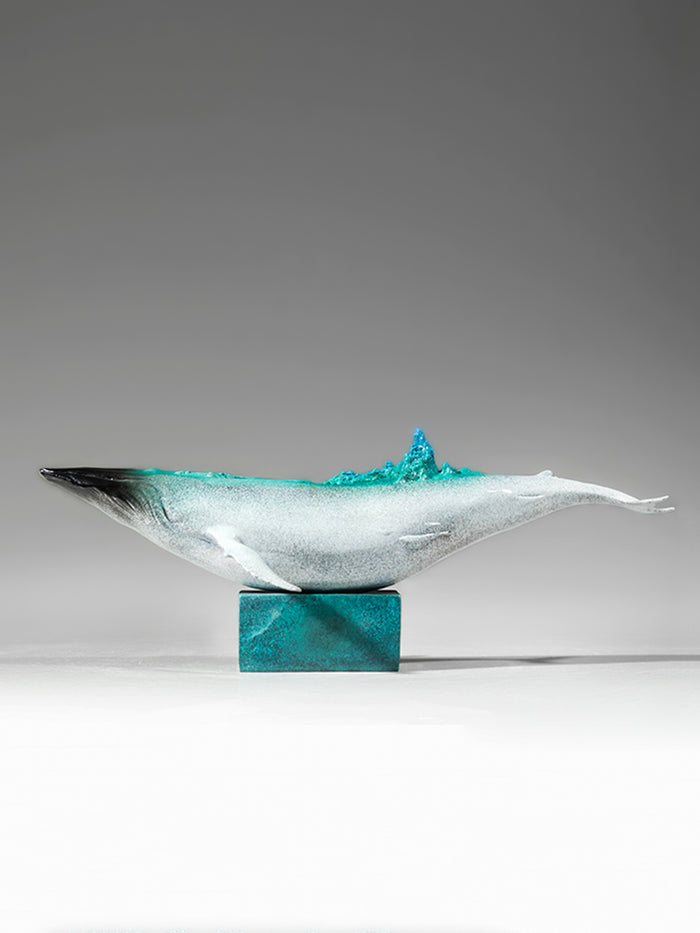
# Chinese Craftsmanship: A Legacy of Artistry and Tradition
## The Timeless Beauty of Chinese Crafts
For thousands of years, Chinese crafts have represented the pinnacle of artistic expression and technical mastery. From delicate porcelain to intricate embroidery, these traditional art forms continue to captivate the world with their beauty and cultural significance.
## The Diversity of Chinese Craftsmanship
Chinese craftsmanship encompasses an astonishing variety of art forms:
– Porcelain and ceramics
– Silk weaving and embroidery
– Lacquerware
– Cloisonné
– Paper cutting
– Wood carving
– Bamboo weaving
Each of these crafts has developed unique regional characteristics across China’s vast landscape, reflecting local materials, cultural influences, and historical developments.
## The Philosophy Behind the Craft
Traditional Chinese crafts are more than just beautiful objects – they embody profound philosophical concepts. The harmony between human and nature, the balance of yin and yang, and the pursuit of perfection through repetition are all evident in these art forms. Craftsmen often spend decades mastering their skills, viewing their work as a lifelong spiritual journey rather than merely a profession.
## Famous Chinese Craft Traditions
### Jingdezhen Porcelain
Known as the “Porcelain Capital,” Jingdezhen has produced exquisite ceramics for over 1,700 years. The famous blue-and-white porcelain reached its peak during the Ming and Qing dynasties and remains highly prized by collectors worldwide.
### Suzhou Embroidery
This delicate silk embroidery from Jiangsu province is renowned for its incredible detail and realistic depictions. Some masterpieces take years to complete, with stitches so fine they’re nearly invisible to the naked eye.
### Beijing Cloisonné
This colorful metalworking technique involves creating designs with copper wires and filling them with vibrant enamel. The complex process results in stunning decorative objects that have symbolized Chinese imperial luxury for centuries.
## Preserving the Tradition in Modern Times
While industrialization has threatened many traditional crafts, there’s a growing movement to preserve these art forms. Master craftsmen are training new generations, and contemporary artists are finding innovative ways to incorporate traditional techniques into modern designs. Government initiatives and UNESCO recognition have also helped safeguard these invaluable cultural treasures.
## The Global Influence of Chinese Crafts
Keyword: Chinese crafts
Chinese craftsmanship has significantly influenced art and design worldwide. The techniques and aesthetics of Chinese porcelain, silk, and lacquerware have inspired artists across Europe, the Middle East, and beyond for centuries. Today, these traditional crafts continue to fascinate international audiences while maintaining their deep cultural roots.
## Experiencing Chinese Craftsmanship Today
Visitors to China can explore these living traditions through:
– Workshops with master artisans
– Museum collections
– Cultural heritage sites
– Local craft markets
– Traditional craft villages
These experiences offer a profound connection to China’s rich artistic heritage and the skilled hands that keep these traditions alive.